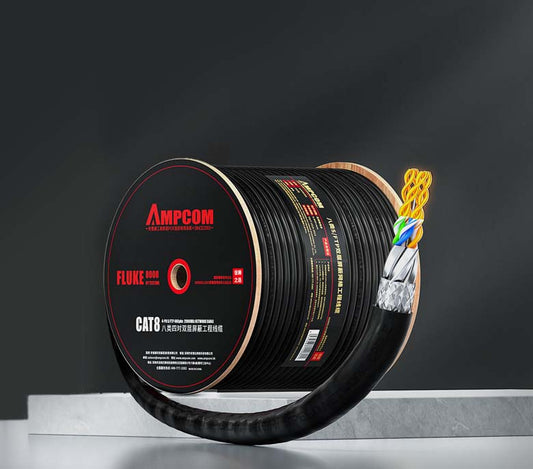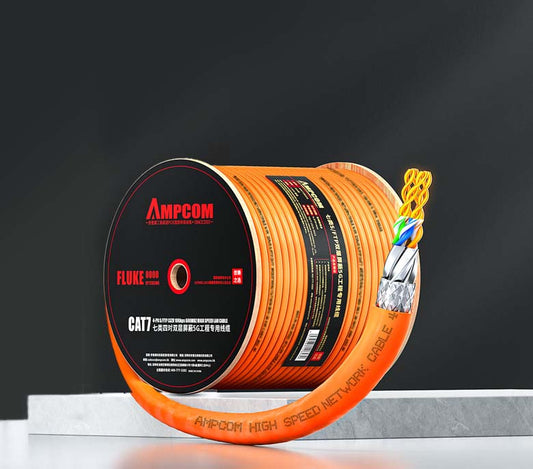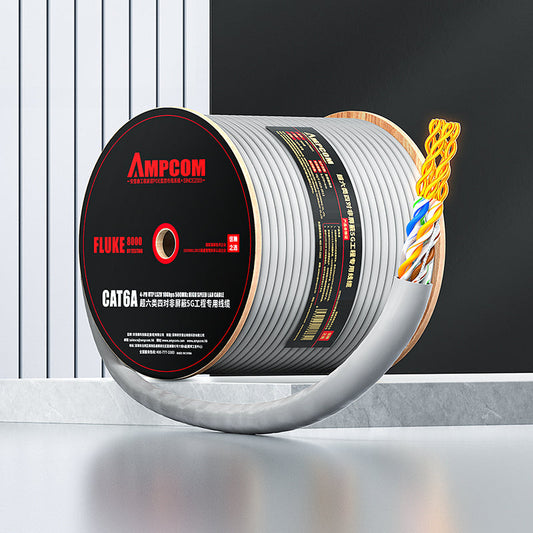Data Center Cabling Pitfalls: Real-World Mistakes and How to Avoid Them
In the world of data centers, where uptime and performance are critical, every component of the infrastructure plays a role in the overall efficiency. One of the most overlooked aspects of a data center is cabling. While it may seem like a simple part of the setup, poor cabling practices can lead to a host of issues, from inefficiency to system downtime. In this blog, we will explore common cabling pitfalls and provide actionable tips on how to avoid them, ensuring your data center runs smoothly for years to come.
A common mistake made during data center setup is poor cable management. Disorganized cables can create a mess that impedes airflow, which is crucial for maintaining optimal temperatures in the data center. When cables are tangled or poorly arranged, it becomes difficult to access them for maintenance, resulting in prolonged downtime during troubleshooting. A simple solution to this problem is implementing a structured cable management system. By using cable trays, ties, and organizing cables by color and function, you can ensure both better airflow and quicker, more efficient maintenance.
Another common mistake is ignoring cable length during installation. It’s easy to underestimate how much cable is needed for a given setup. When cables are too short, they may be stretched too tightly, leading to potential signal degradation or physical damage. On the other hand, cables that are too long can create unnecessary slack, adding clutter and obstructing airflow. To avoid this issue, make sure to carefully measure and plan cable lengths, taking into account future expansions and the layout of your racks. Flexible and high-quality cables like RJ45 connectors can also make installation easier, reducing the chance of these mistakes.
One often overlooked aspect of cabling is adhering to industry standards. Many data centers fail to follow established guidelines like ANSI/TIA or ISO/IEC standards, leading to compatibility issues and even non-compliance with local regulations. Non-compliance can lead to poor data transmission and higher maintenance costs down the line. It’s crucial to ensure that all cables and components meet these industry standards. When choosing cables for your data center, be sure to invest in high-speed data cables that are certified to handle the bandwidth and performance requirements you need.
Low-quality cables are another significant risk factor for data centers. While opting for cheaper cables might seem like a cost-saving strategy, it often results in poor signal quality and higher failure rates. Inferior cables may not be able to handle the high data transfer rates needed, or they may lack sufficient shielding, making them more susceptible to electromagnetic interference (EMI). To avoid these issues, always opt for certified, high-quality cables that meet or exceed performance standards. Products like high-quality network cables are designed to withstand the rigors of demanding data center environments.
Labeling is another often overlooked aspect of cabling. In a complex data center setup, unlabeled cables can create confusion, especially during maintenance or troubleshooting. Identifying the correct cables quickly can be the difference between resolving an issue in minutes or hours. Implementing a clear and consistent labeling system helps technicians quickly trace cables to their respective connections. Invest in labels that are easy to read and durable, ensuring that they last throughout the lifespan of your equipment.
Lastly, many data center managers fail to consider future growth when planning their cabling infrastructure. As data centers expand, the need for more cables and higher bandwidth increases. Without planning for future scalability, your cabling setup may quickly become outdated and inefficient. When setting up your data center, always leave room for expansion. This includes planning cable routes, adding additional ports in racks, and selecting cables that can accommodate future upgrades.
In conclusion, while cabling might seem like a secondary concern when setting up a data center, it’s an integral part of the infrastructure that can significantly impact performance. By avoiding common pitfalls like poor cable management, insufficient cable length planning, and failing to adhere to industry standards, you can ensure your data center remains efficient, scalable, and ready for future growth. Invest in high-quality network cabling solutions that not only meet industry standards but also provide the durability and performance needed for your data center’s long-term success.



